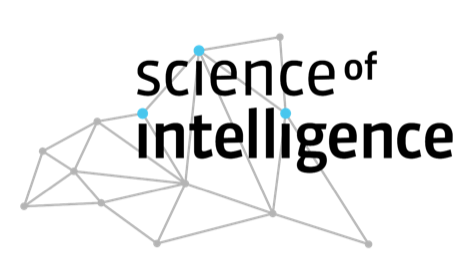
- This event has passed.
Heiko Hamann (Science of Intelligence), “From Models to Machines: A Roboticist’s View on Collective Behavior”
17 June @ 2:00 pm - 3:30 pm
Swarm robotics investigates how large numbers of relatively simple, autonomous robots can coordinate to complete complex collective tasks. In this lecture, we explore how models of collective behavior can guide the design of such systems. We highlight how modeling collective behavior is not only a tool for understanding natural systems, but a powerful method to synthesize coordinated behaviors in robot swarms. We contrast bio-mimicry to more abstract bio-inspired paradigms. Through examples like task allocation and flocking, we demonstrate how biological insights can shape engineering choices. An impressive insight from biology is that ‘less is more,’ that is, less communication or less knowledge can sometimes increase the swarm’s performance. We conclude by briefly discussing swarm robotics applications that diverge from biological analogies and reflect on future directions.
--
This talk is part of David Mezey‘s course “Introduction to Modeling Collective Behavior, ” a seminar on collective behavior research, combined with multiple interactive elements.
Image created with DALL-E by Maria Ott.





